Normal Physical Science Worksheets for Ages 3-6 - Page 2
42 filtered results
-
From - To
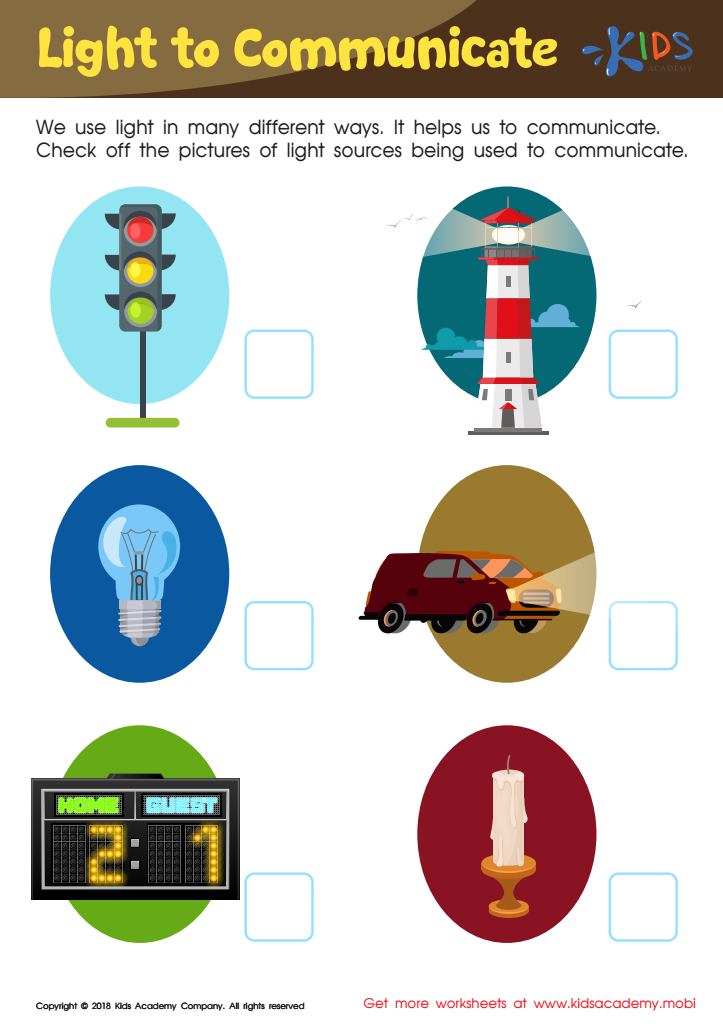

Light to Communicate Worksheet
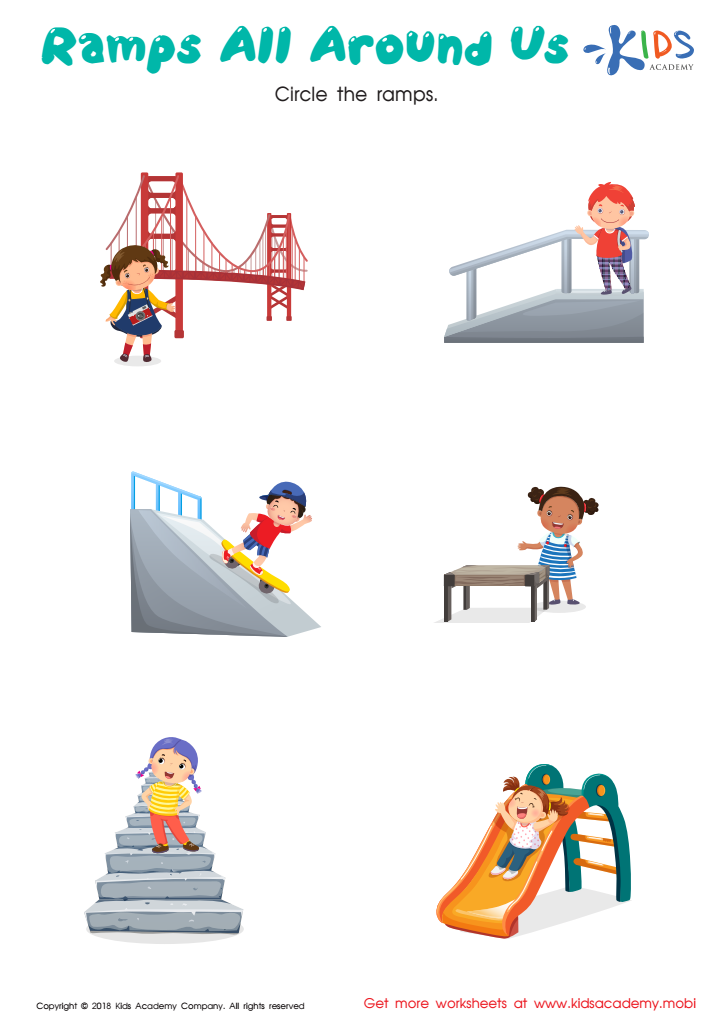

Ramps All Around us Worksheet
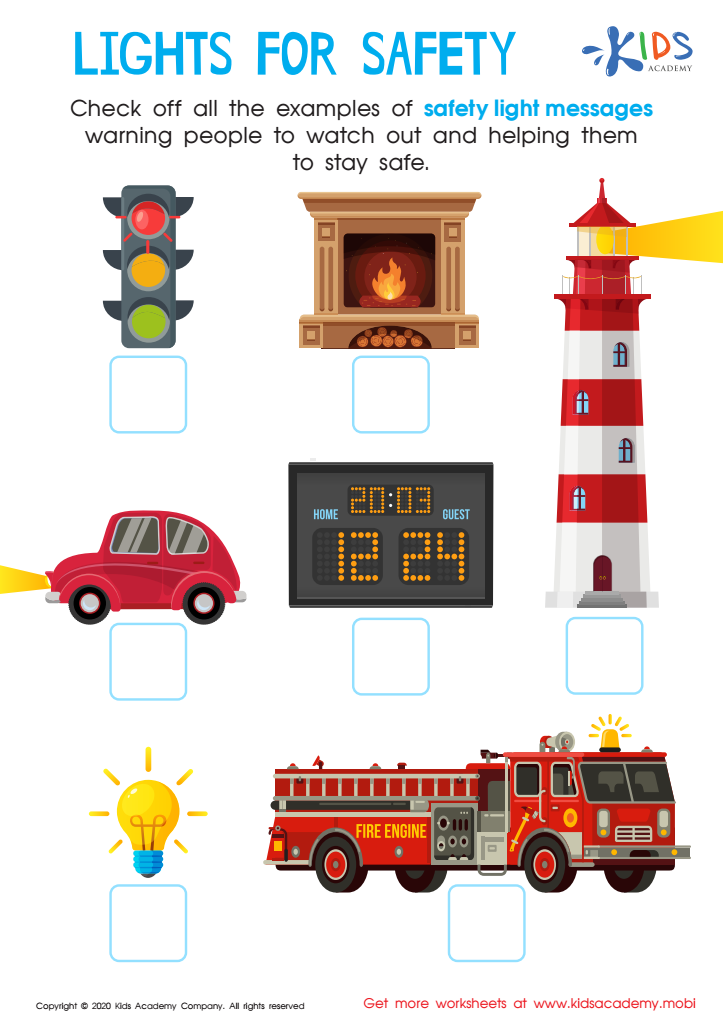

Lights for Safety Worksheet
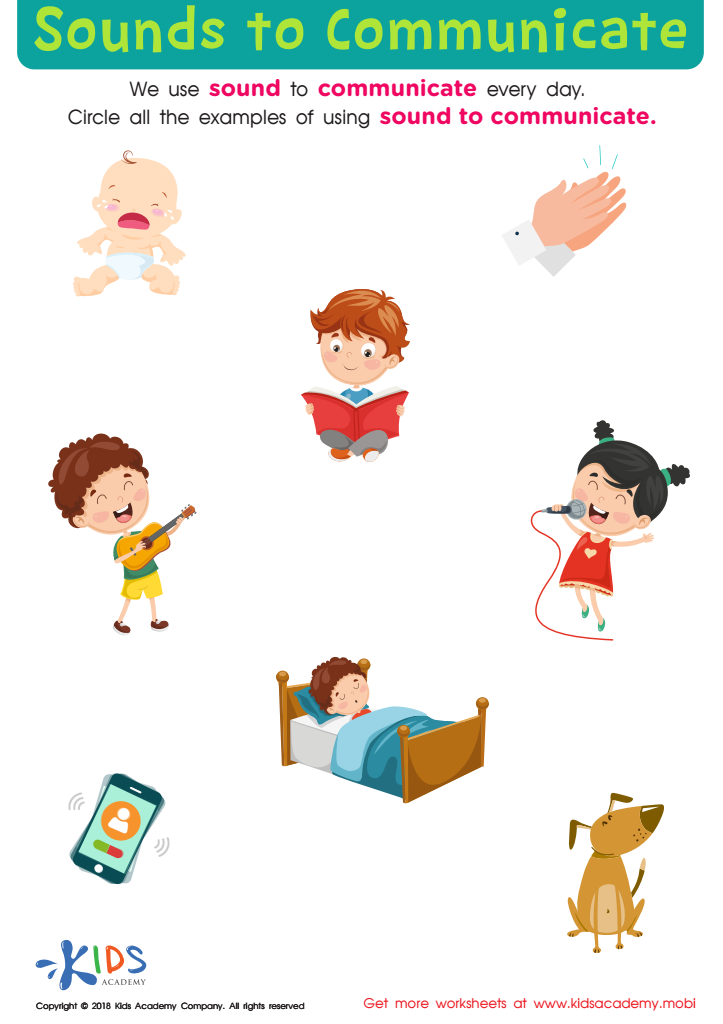

Sounds to Communicate Worksheet
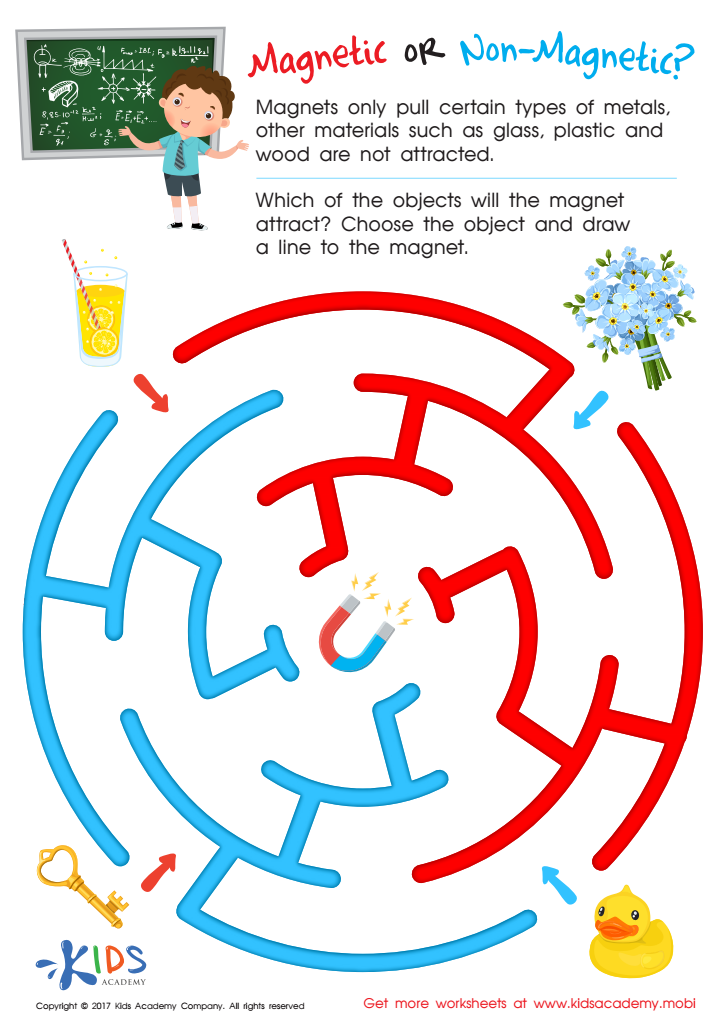

Magnetic or Non–Magnetic Worksheet
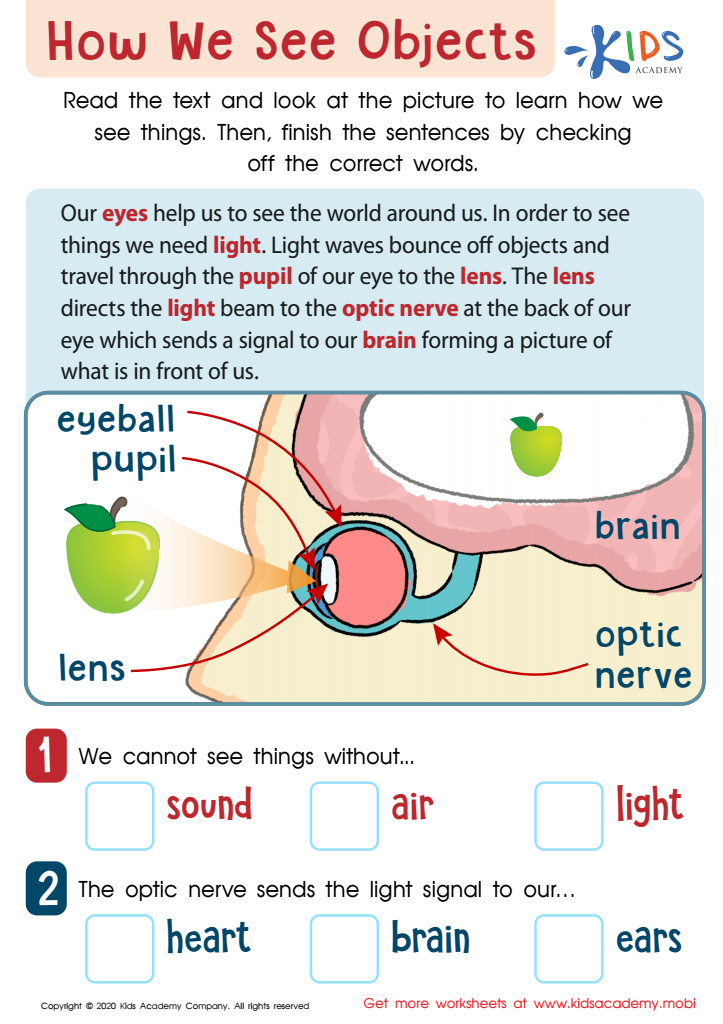

How We See Objects Worksheet
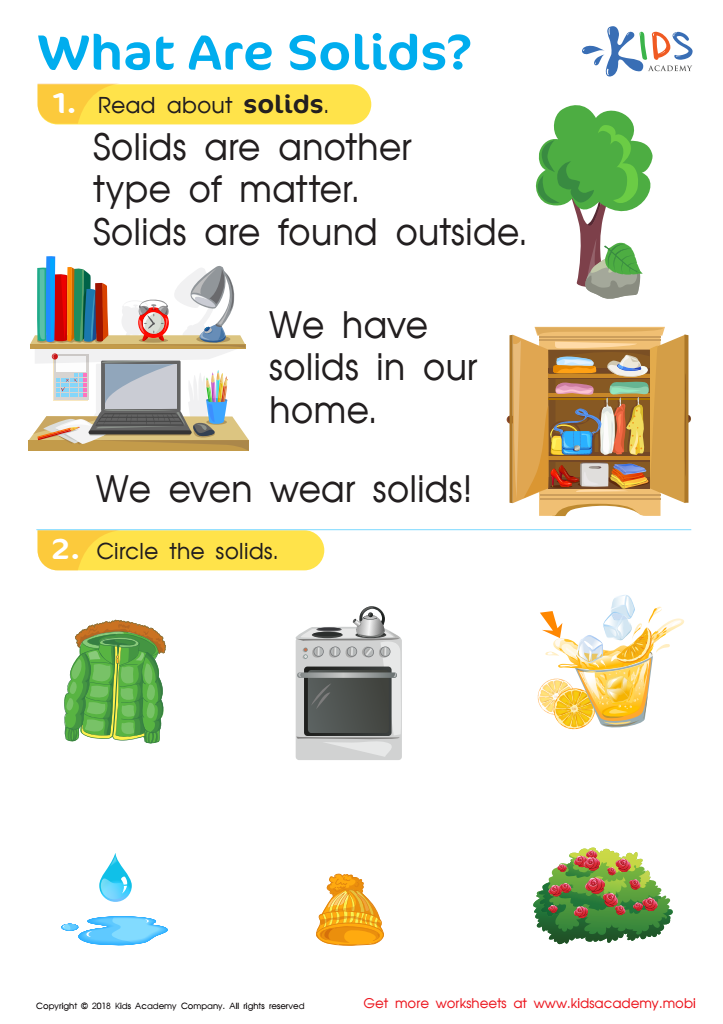

What Are Solids? Worksheet
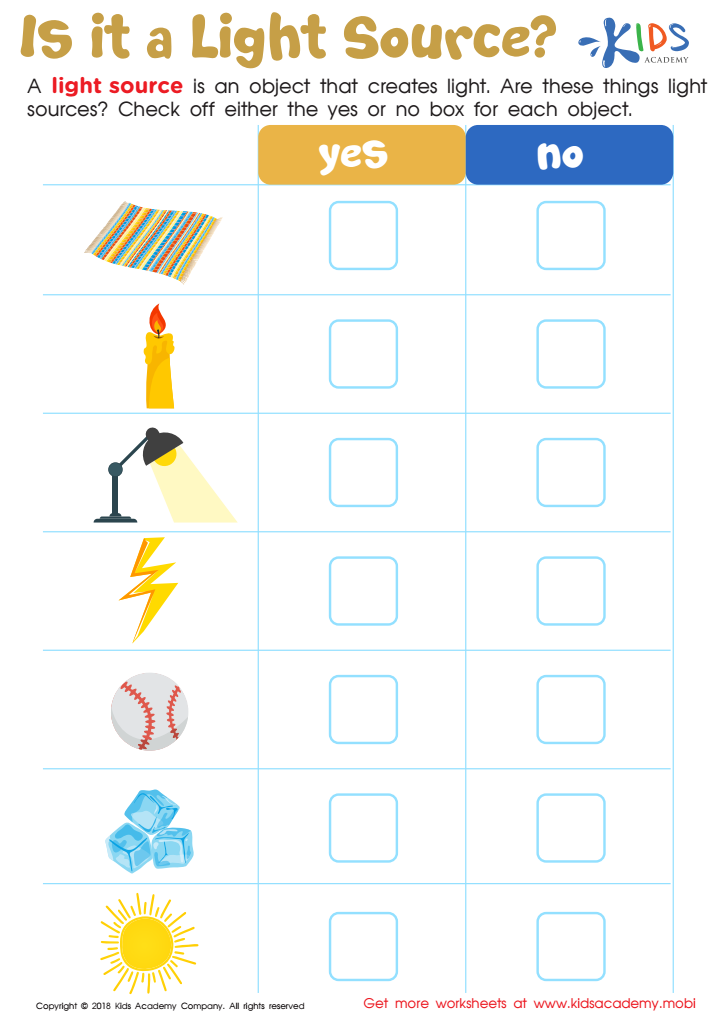

Is It a Light Source? Worksheet
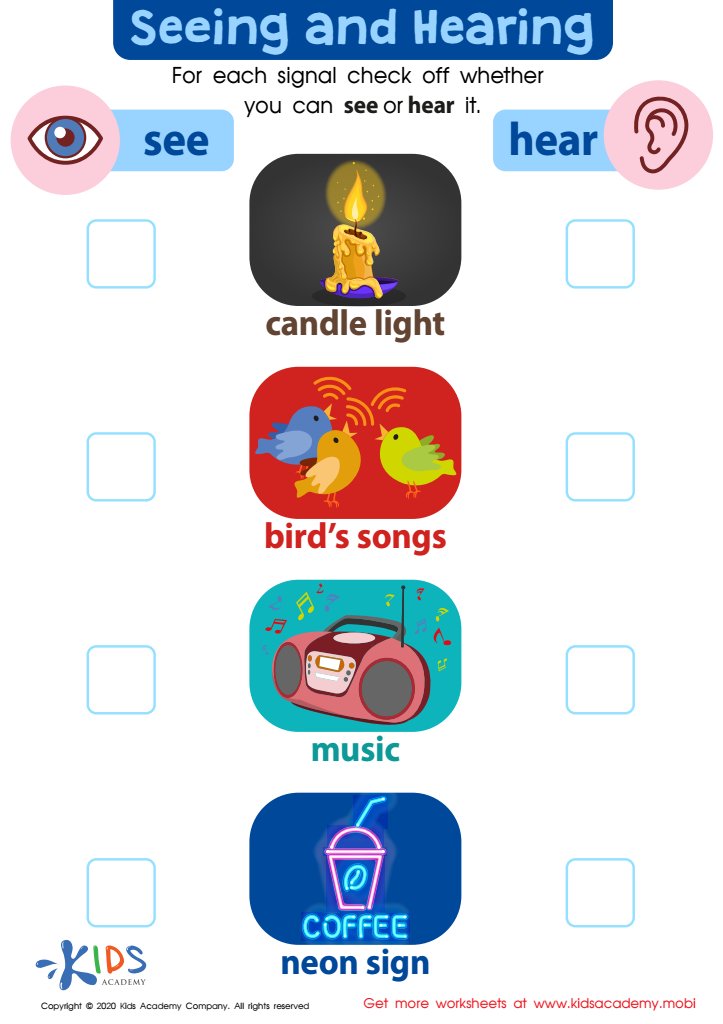

Seeing and Hearing Worksheet
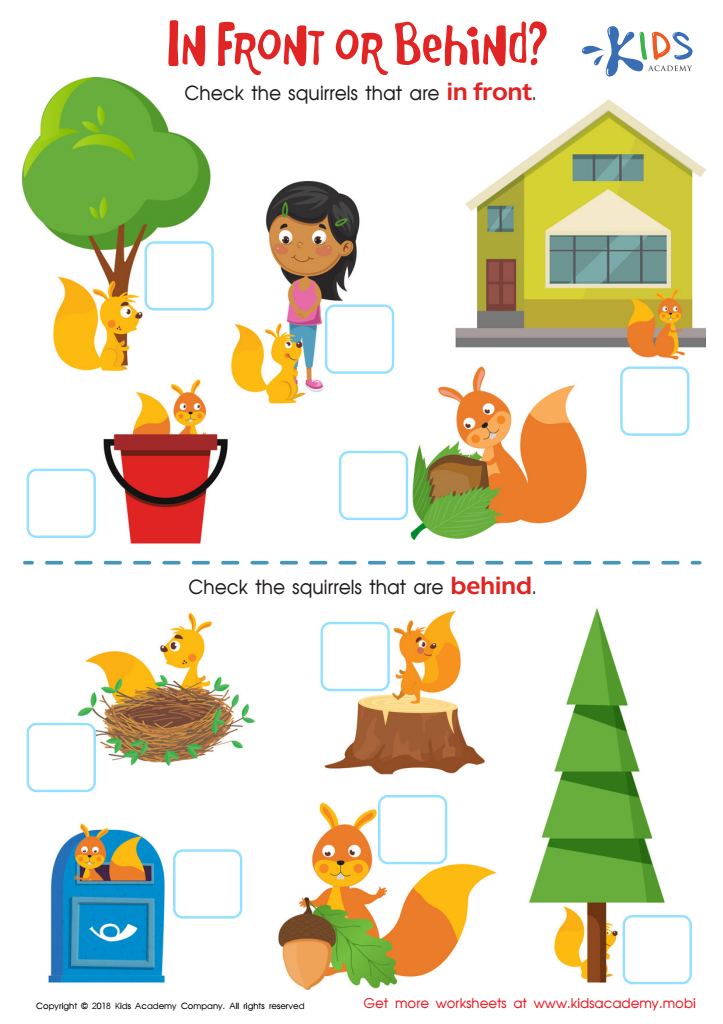

In Front or Behind: Part 2 Worksheet
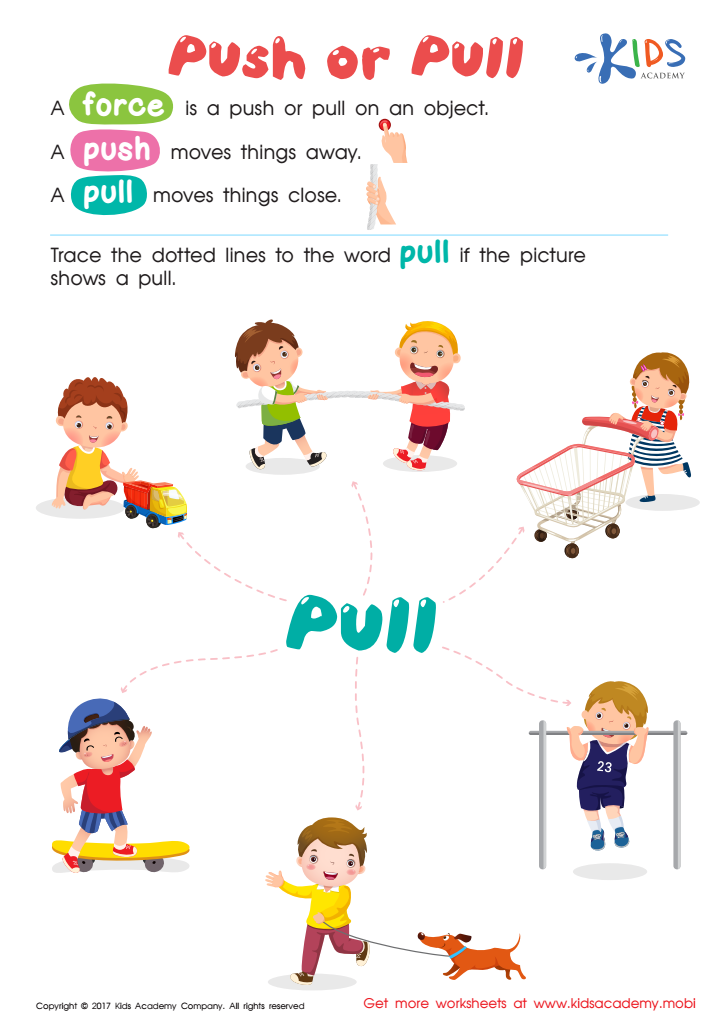

Pull or Push Worksheet
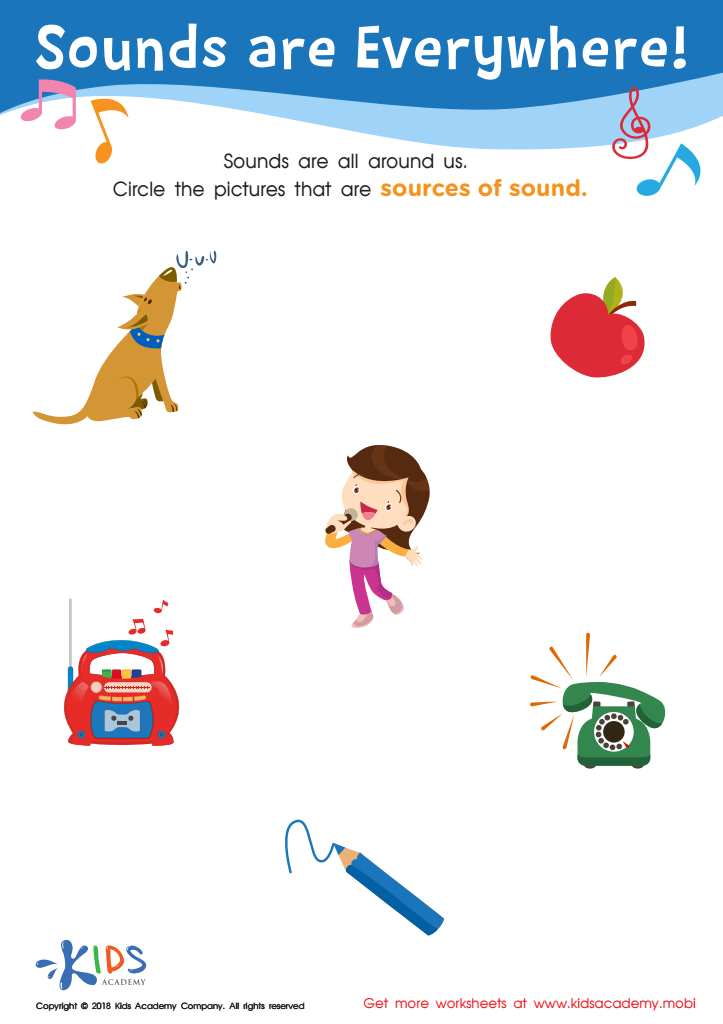

Sounds Are Everywhere! Worksheet
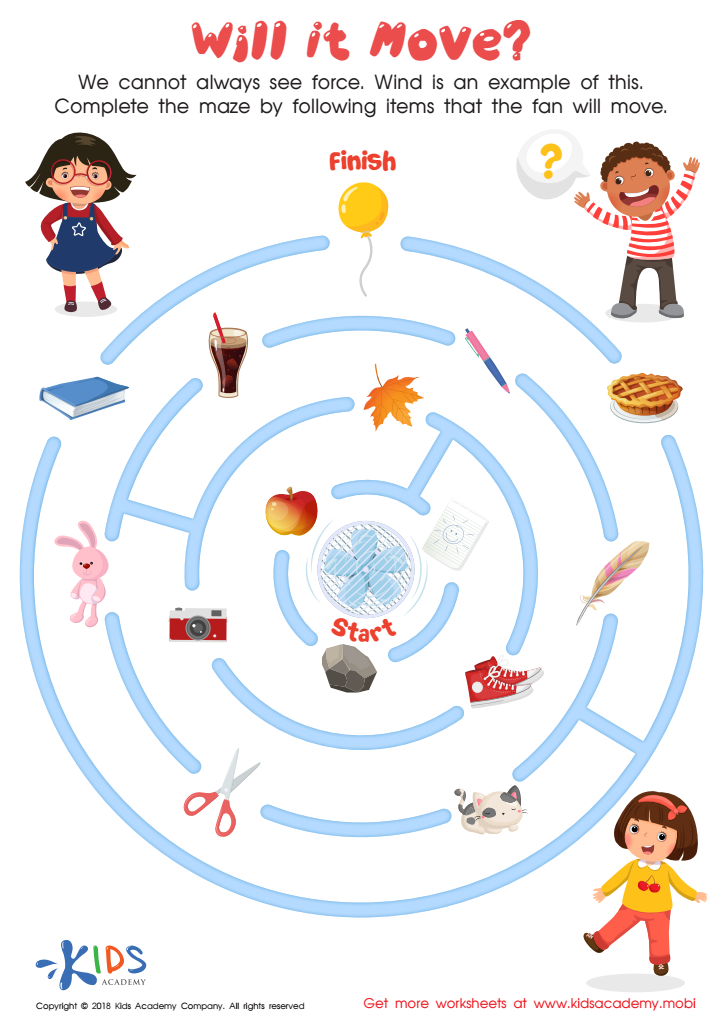

Will it Move? Worksheet


Down it Goes Worksheet
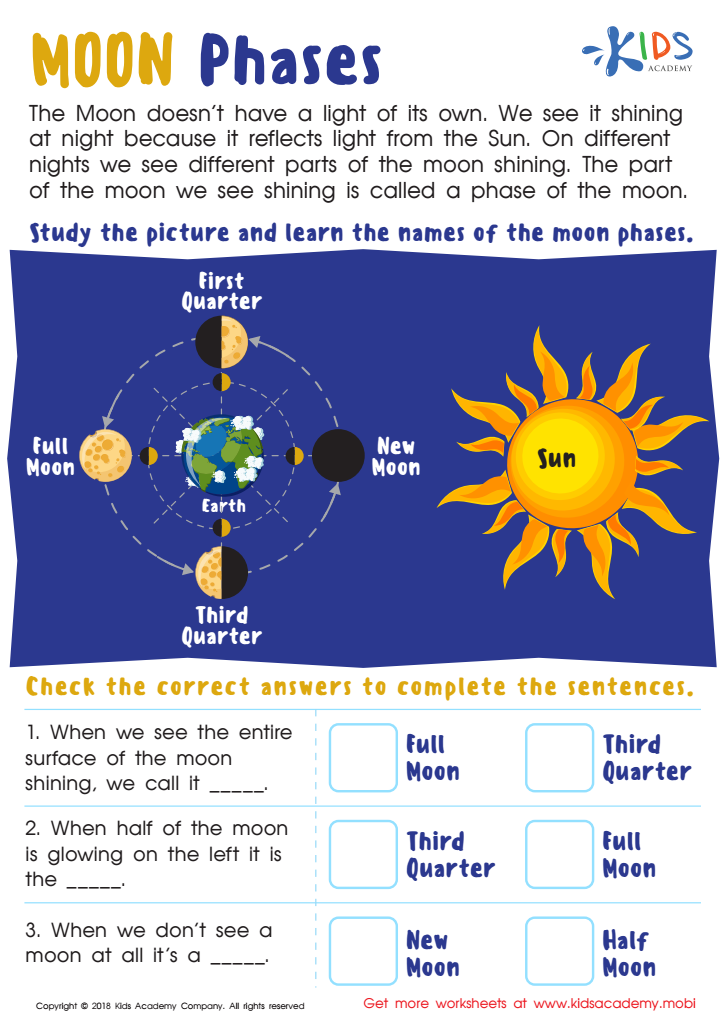

Moon Phases Worksheet
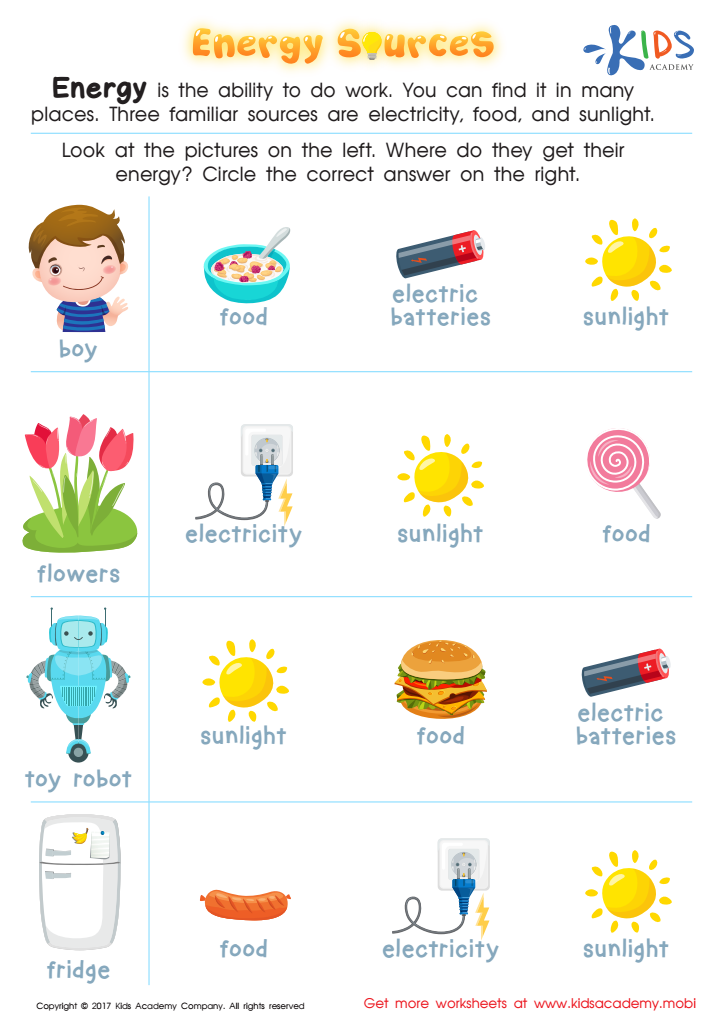

Energy Sources Printable
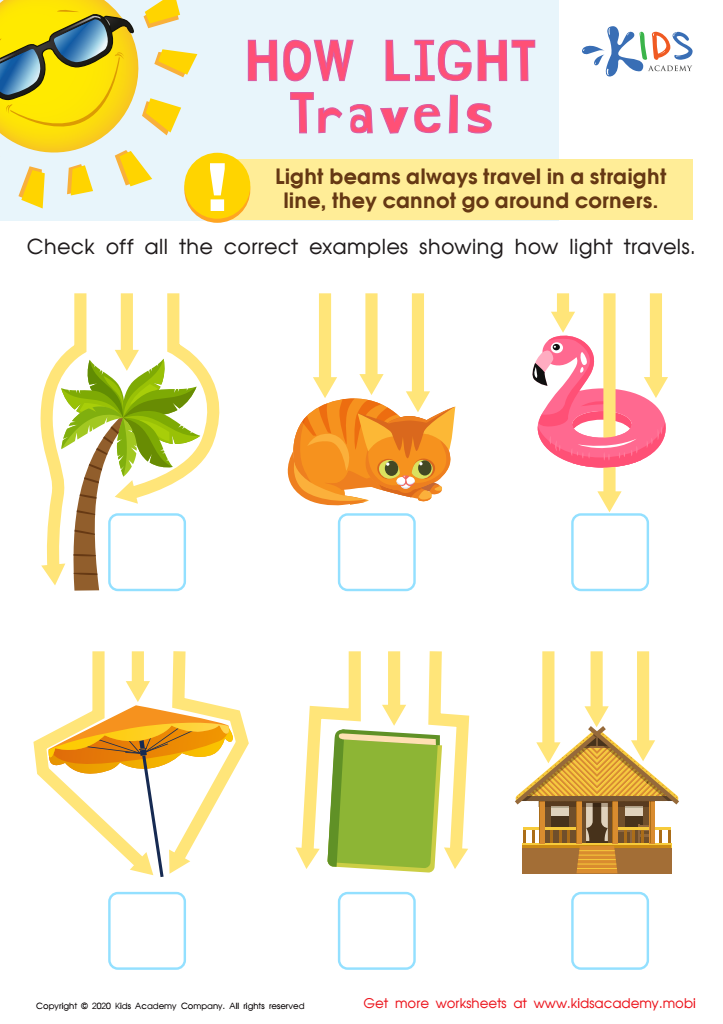

How Light Travels Worksheet
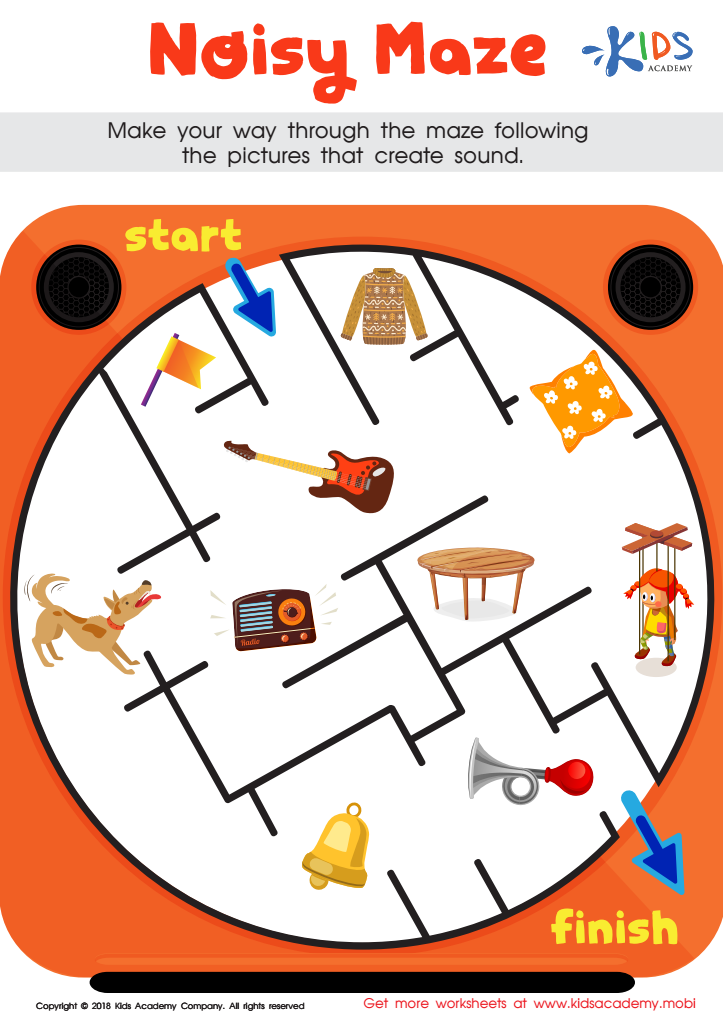

Noisy Maze Worksheet
Parents and teachers should care about Normal Physical Science for children aged 3-6 because this foundational stage is crucial for fostering a curiosity and understanding of the world. At this age, children are naturally inquisitive, and introducing them to basic scientific concepts can help cultivate a lifelong love for learning. Engaging with physical science topics such as matter, energy, and simple machines encourages critical thinking and problem-solving skills.
Moreover, exploring normal physical science through hands-on activities and experiments allows children to learn in an interactive and enjoyable way. It helps them make connections between abstract concepts and tangible experiences, which enhances cognitive development and reasoning skills. For instance, simple experiments with water, air, or magnets can spark discussions about forces, changes, and properties of materials.
Additionally, early exposure to scientific thinking sets the groundwork for later academic success in STEM (Science, Technology, Engineering, and Mathematics) fields. Science education promotes creativity and exploration, integral for holistic development. By nurturing a child’s innate curiosity about how things work, adults are not just teaching science; they are also encouraging observation, inquiry, and resilience, preparing young learners for a future as thoughtful, engaged citizens of the world.
 Assign to My Students
Assign to My Students





.jpg)








